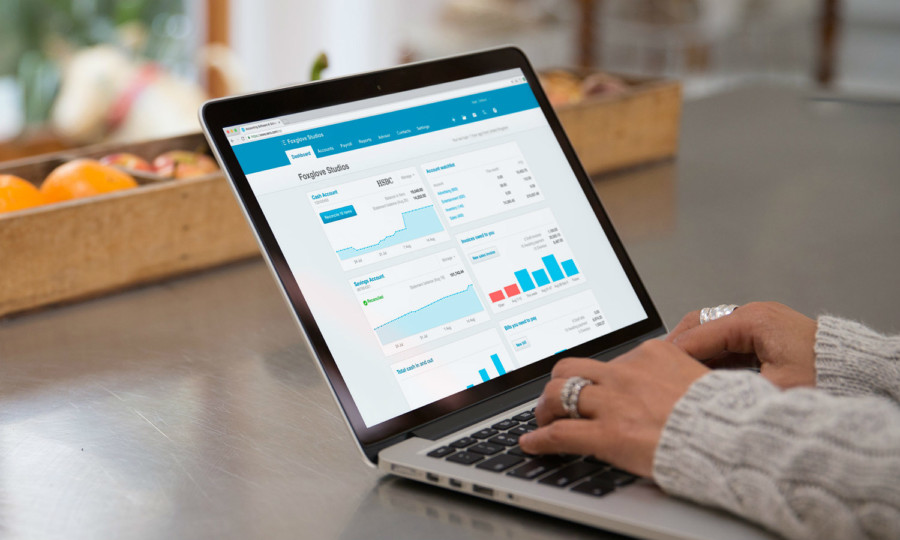07 April 2017
Value-added tax, or VAT as we all know it, can sometimes seem like a particularly confusing element of your small business finances – and nowhere more so than when you’re dealing with expenses and the sundry costs of running the business.

Something we get asked a lot is ‘Which VAT code should I use in Xero when entering expenses?’. Getting your head around how VAT works in Xero, and using the right codes from the start, will certainly reduce any VAT headaches in the long run.
With this in mind, here’s our quick overview of the main VAT codes and when you’ll need to use them.
In the course of running your business, you’ll buy a whole variety of different goods and services from your suppliers. And for the majority of these transactions, you’ll be paying VAT as part of the overall cost on the supplier’s invoice.
Due to the Covid-19 pandemic, the government announced legislation to apply a temporary 5% reduced rate of VAT to certain supplies relating to hospitality, hotel and holiday accommodation, and admission to certain attractions, which will run until 30 September 2021. A new reduced rate of 12.5% will then be introduced which will end on 31 March 2022.
Now, this is where things get a little more complicated…
With some purchases you make, you won’t pay any VAT at all – and these transactions need to be coded correctly in Xero so each quarter’s VAT return has all the right information about the costs you’ve incurred.
There are three main types of expenses where you don’t pay VAT – and you’ll need to understand these (and code your expenses accordingly) to complete your return correctly.
We hope this whistle-stop tour of the different VAT codes for expenses has given you a better grasp of how to enter your expenses in Xero – there’s even more guidance in our VAT FAQ section.
Entering your VAT-able and non-VAT-able expenses against the right codes in Xero will make completing your quarterly return a whole lot easier. And, ultimately, keeping on top of your VAT, having the right receipts and claiming back the tax you’re due is a great way to improve the cash situation in your business.
Here at FD Works we’re an ambitious team of accountants and business advisors based in Bristol and Bath. We help business owners and their teams identify the drivers of opportunity in their business, empowering them to make bold decisions and grow their venture.
If you want the lowdown on every element of VAT, take a look at the free VAT FAQs in our Help Centre
Get your VAT answers